|
Online Introduction: Sino-Uralic Affinity of Genetics: (For
Sino-Uralic Affinity of Linguistics, see
Gao 2014.)
The common paternal haplogroup N-M231
(This part is based on the pages 104–108
of Gao 2008.)
The results of the Y chromosome studies indicate a recent
common paternal origin of Sino-Uralic nations.
About 58.8% of Finnish (2008L), 30.6% of Estonian
(2007R), 37.1% of Karelian (2007R), 56.3% of Vepsian (2007R), 47.2% of Lappish
(2004T), 19.3% of Mordvin (2007R), 41.4% of Mari (2004T), 78.0% of Komi
(2007R),
85.0% of Udmurt (2007R), 78.0% of Khanty (2007R), 76.0%
of Mansi (2008P), 97.3% of Nenets (2002K), 92.1% of Nganasan
(2002K) and 6.9% of Selkup (2002K) males belong to the haplogroup N-M231. This group of paternal
lineage is believed to be the foundation of the Proto-Uralic
nation according to
Zerial et al. 1997 ,
Karefet et al. 2002 ,
Karefet et al. 2002 ,
Gao 2005 and
Gao 2008. ,
Gao 2005 and
Gao 2008.
A detailed study on the haplogroup N has concluded a Far
East origin for it (Rootsi
et al. 2007 ). ).
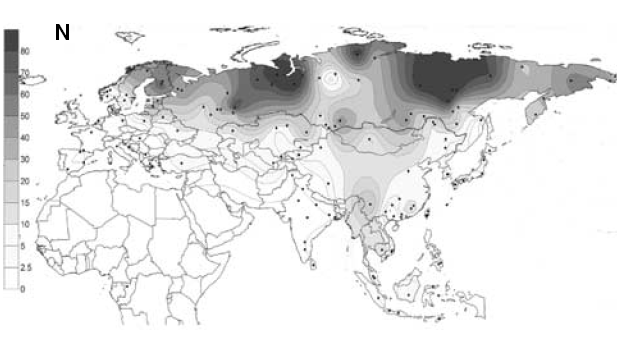
Distribution of the haplogroup N-LLY22g in Eurasia (from Rootsi
et al. 2007)
Note: The data of Chinese Y chromosomes used for this
study were very limited.
About 10% of Han Chinese males belong to the haplogroup N-M231
according to
Hammer et al. 2006 and
Zhang et al. 2007
and
Zhang et al. 2007 .
There is not yet any detailed study on the haplogroup
N within China. The closest scaling is
K*-M9 (xM119, M95, M122, M45). .
There is not yet any detailed study on the haplogroup
N within China. The closest scaling is
K*-M9 (xM119, M95, M122, M45).
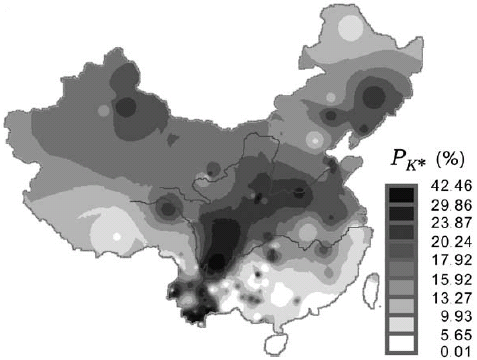
Distribution of the haplogroup K*-M9 (xM119, M95, M122, M45)
in China (from Xue et al. 2008)
Gao (2008: 106) has deduced that the distributions of K* in
northeast
China belong to O-SRY465, while the distributions of
K* in central China and western China belong to N-M231. Gao
has argued that the distributions of N-M231 are
well correlated with the distributions of the Yangshao
culture, which is the cradle of the Chinese
civilisation. Therefore, the foundation of the Proto-Chinese nation
ought to belong to N-M231.
Detailed studies on the haplogroup N-M231 within China
or the
Han Chinese nation are expected.
Notes:
2002K =
Karefet et al. 2002 . .
2004T =
Tambets et al. 2004 . .
2007R =
Rootsi et al. 2007 . .
2008L =
Lappalainen et al. 2008 . .
2008P =
Pimenoff et al. 2008 . .
Online Introduction: Sino-Uralic Affinity of Genetics:
The common paternal haplogroup N-M231: Confirmation
in 2013
(This part is compiled by CCSUSG.)
A recent study (Shi et al. 2013 )
has been the first detailed study on the haplogroup
N within China. It has confirmed the Far East origin, or
more exactly the China origin, of the haplogroup N-M231. )
has been the first detailed study on the haplogroup
N within China. It has confirmed the Far East origin, or
more exactly the China origin, of the haplogroup N-M231.
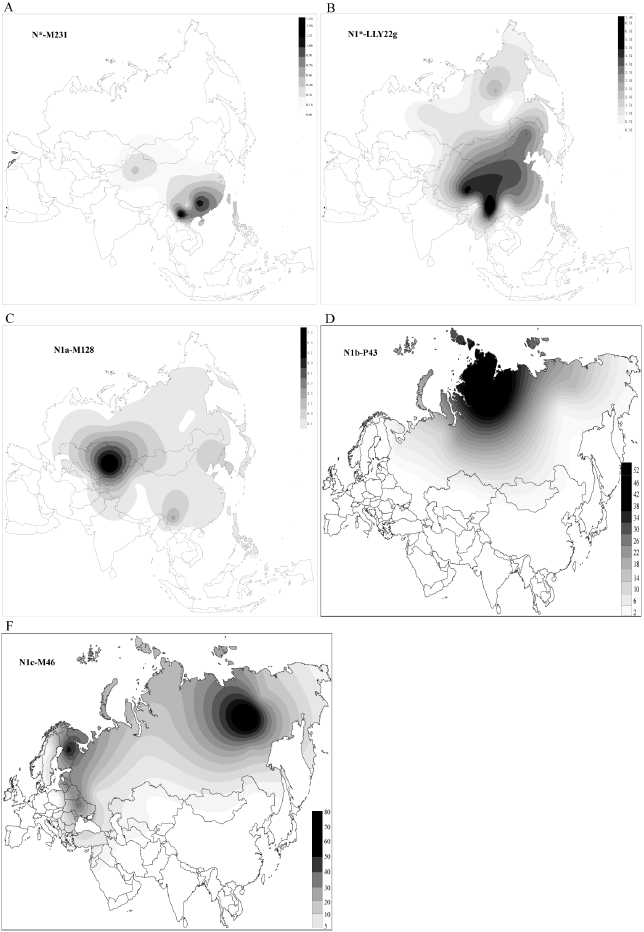
Distribution of the haplogroup N-M231 in Eurasia (from
Shi et al. 2013)
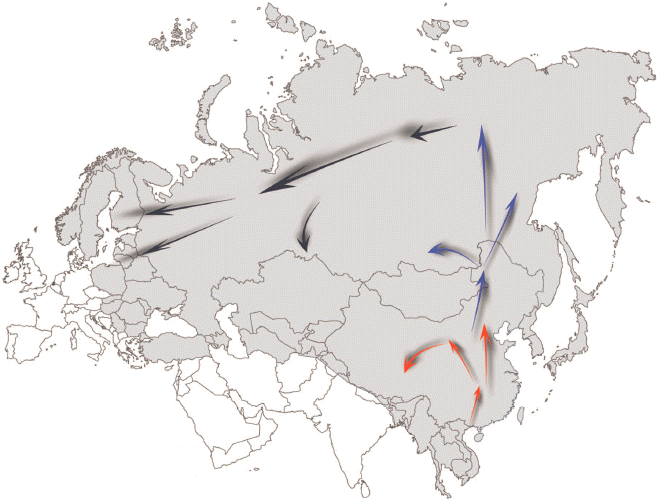
Proposed prehistoric migration routes of the haplogroup N-M231 in Eurasia (from
Shi et al. 2013)
Online Introduction: Sino-Uralic Affinity of Genetics:
European (Caucasoid/White) children of European
mothers and Far East (Mongoloid/Yellow) fathers
(This part is compiled by CCSUSG.)
Social experiences indicate that most children of a
European mother and a Far East father
look totally European (see the examples with photos). It
supports that the western Uralic nations (Estonian,
Finnish, etc) could turn European very quickly when
N-M231 males arrived in these regions and generated the
nations with local European females, already some
thousands years ago.
(The following public photos of celebrities are
collected from the internet.)
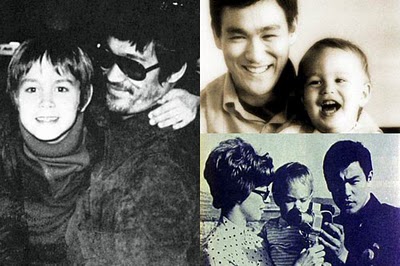
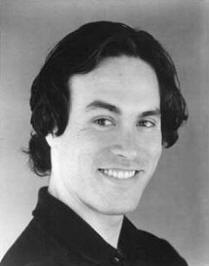
Brandon Lee (1965~1993) [the son of
Bruce
Lee (1940~1973)
[the son of
Bruce
Lee (1940~1973) and
Linda Emery (born 1945)
and
Linda Emery (born 1945) ]. ].
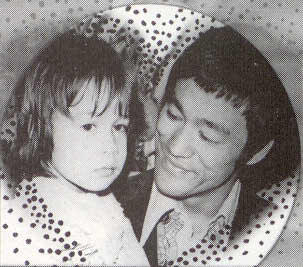

Shannon Lee (born 1969) [the daughter of
Bruce
Lee (1940~1973)
[the daughter of
Bruce
Lee (1940~1973) and
Linda Emery (born 1945)
and
Linda Emery (born 1945) ]. ].
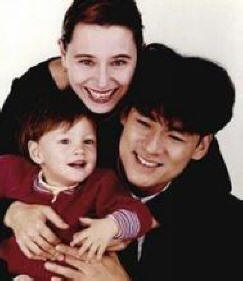
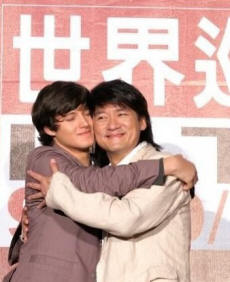
Andrew
Chau (born 1990) [the son of
Wakin
Chau (born 1962)
[the son of
Wakin
Chau (born 1962) and
Constance Woods (born 1964)
and
Constance Woods (born 1964) ]. ].


Anya
Chau (born 1994) [the daughter of
Wakin
Chau (born 1962)
[the daughter of
Wakin
Chau (born 1962) and
Constance Woods (born 1964)
and
Constance Woods (born 1964) ]. ].
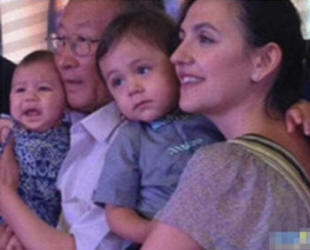

Liu Nuoyi (born 2010) (○○●○)
(in contrast to a fully Chinese child ●○○○)
[the son of
Liu Ye (born 1978) and Anais Martane (born 1980)
and Anais Martane (born 1980) ]. ].
[Read more at the homepage]
|